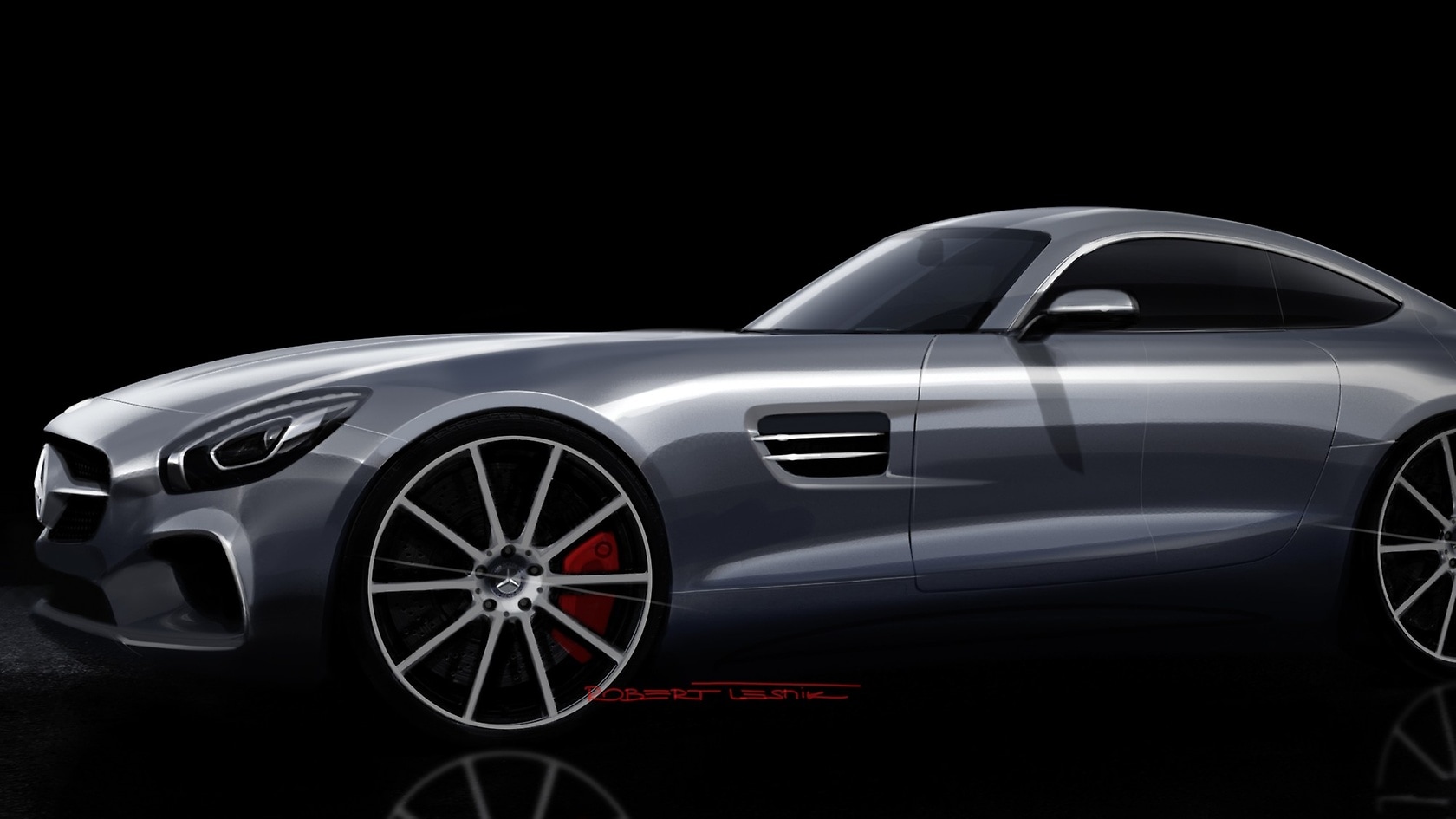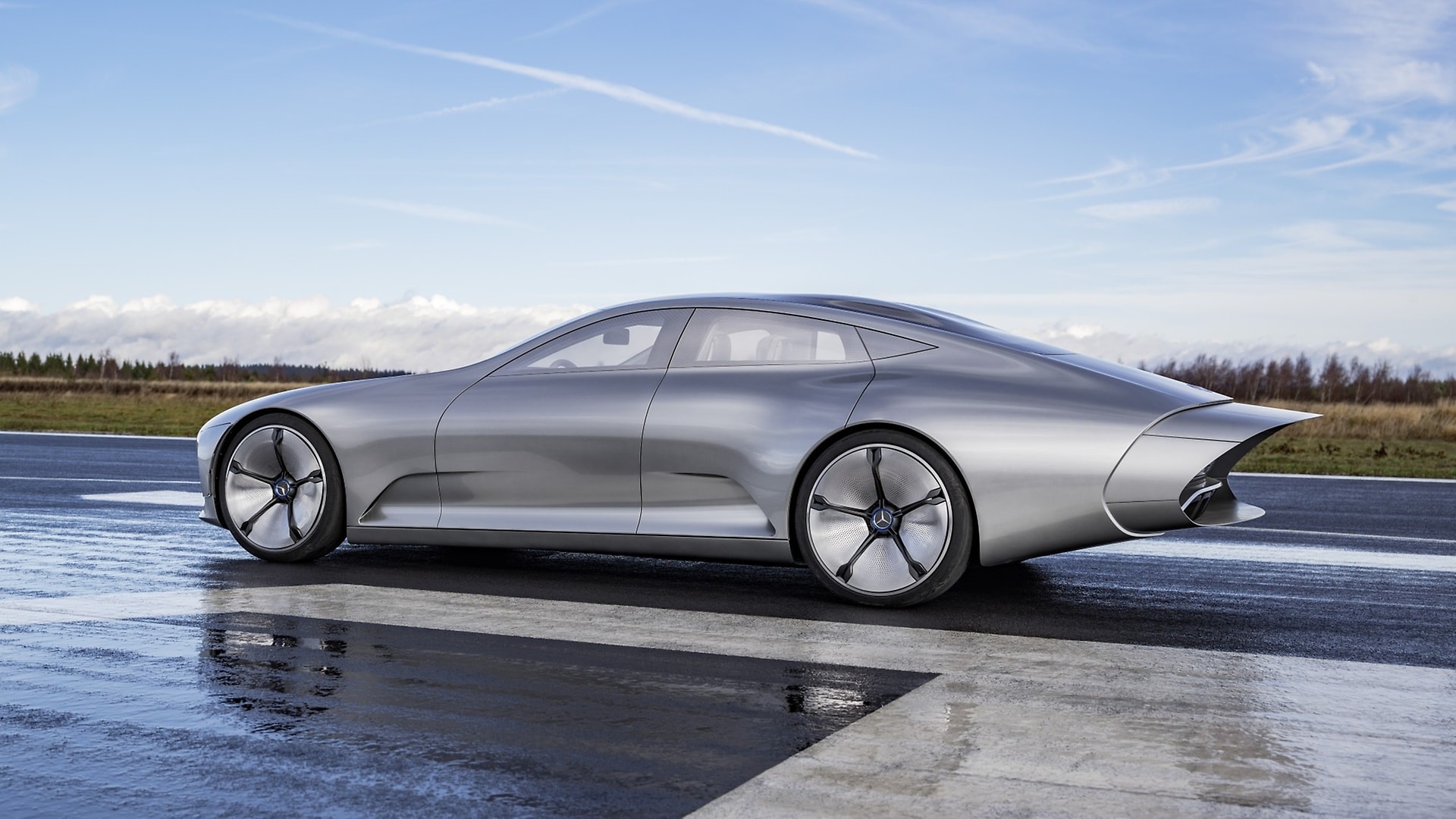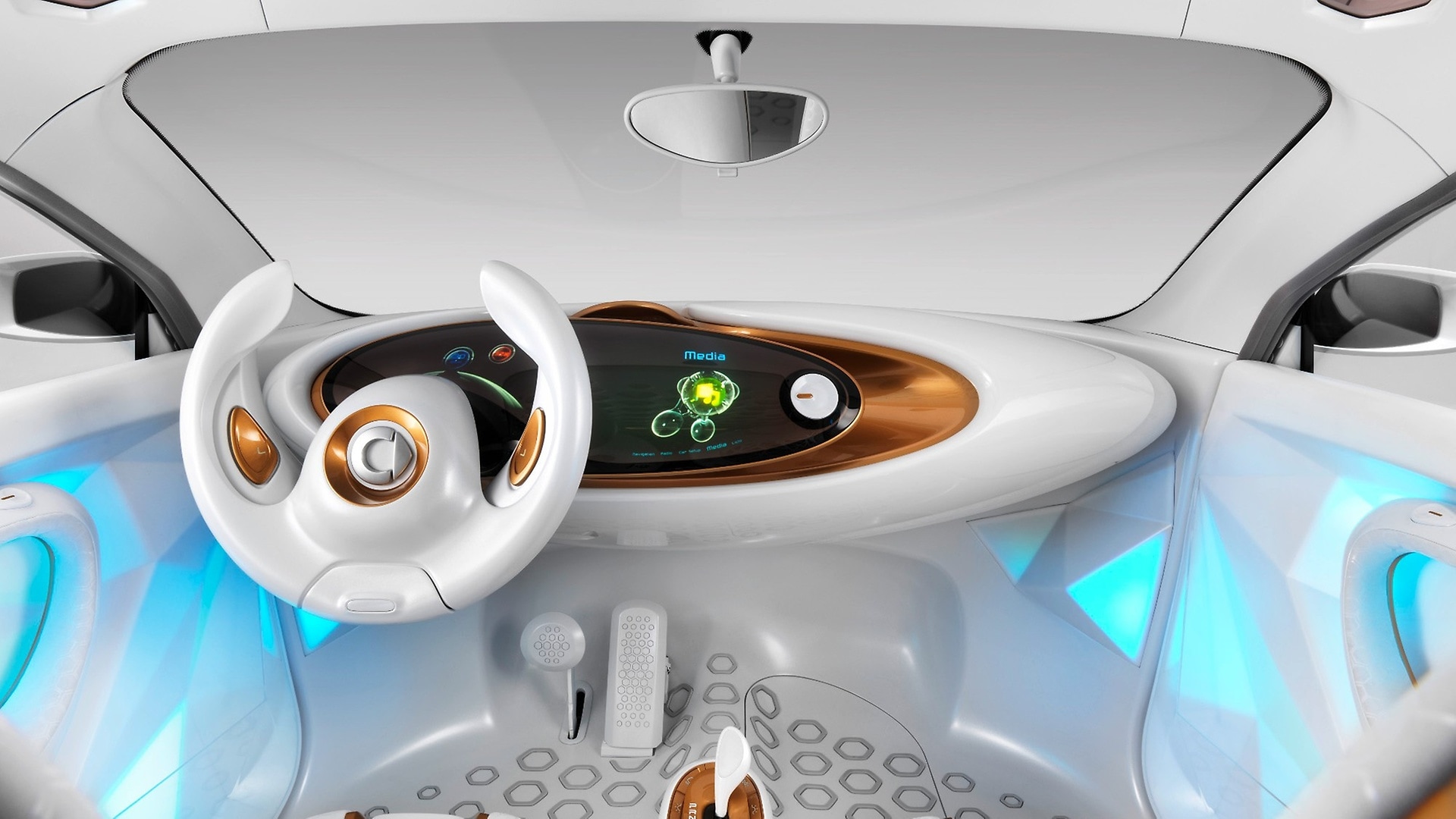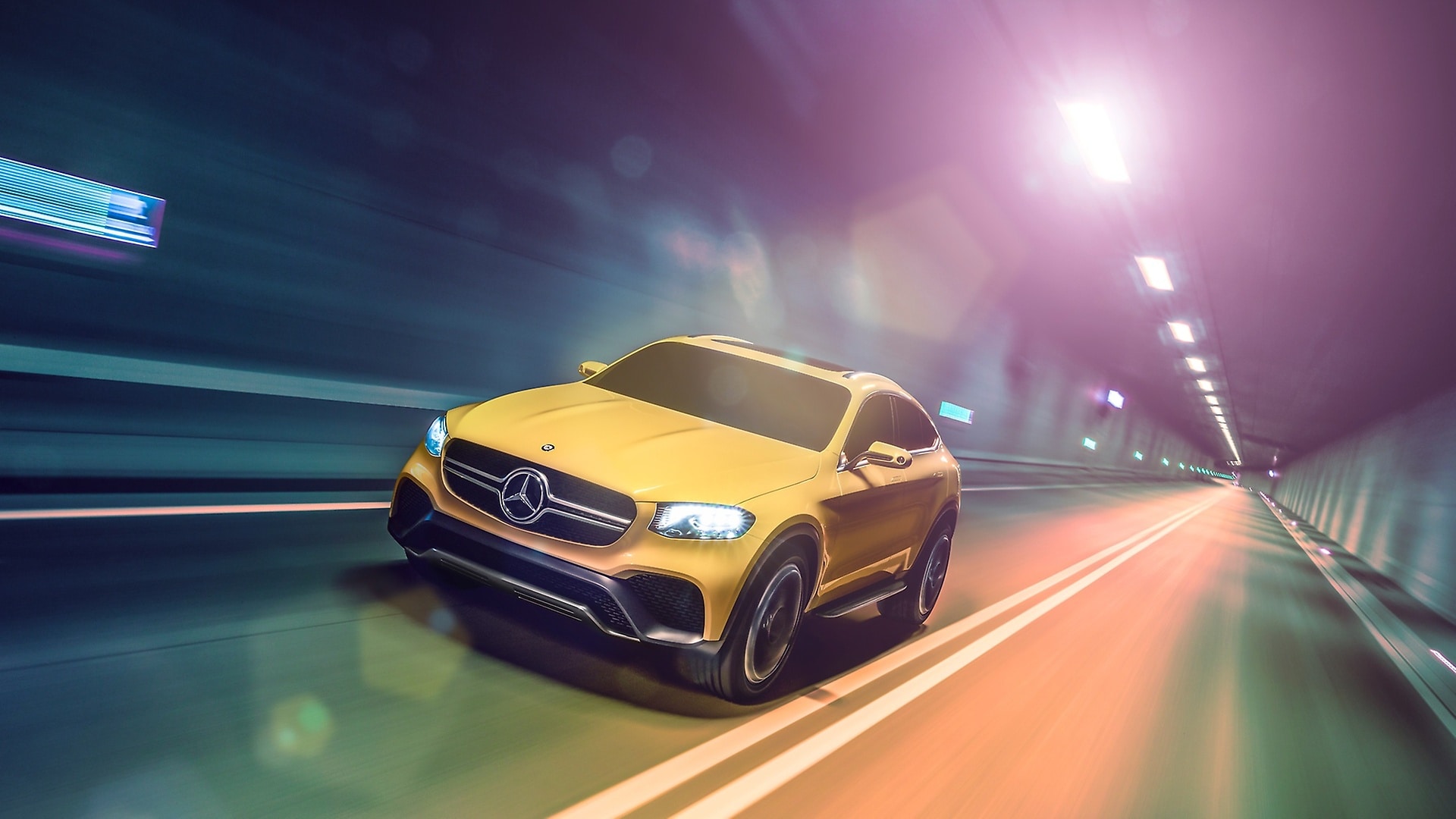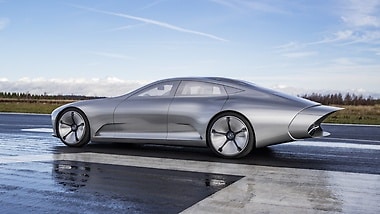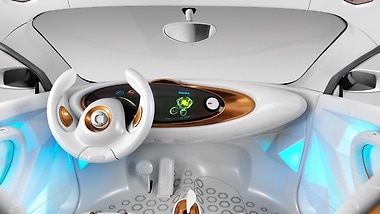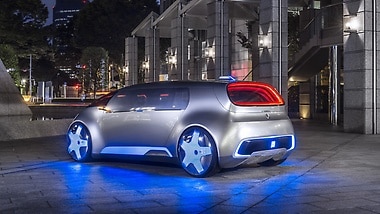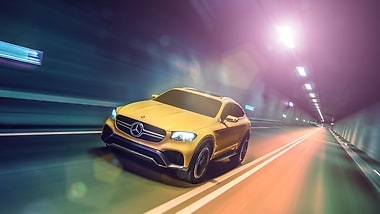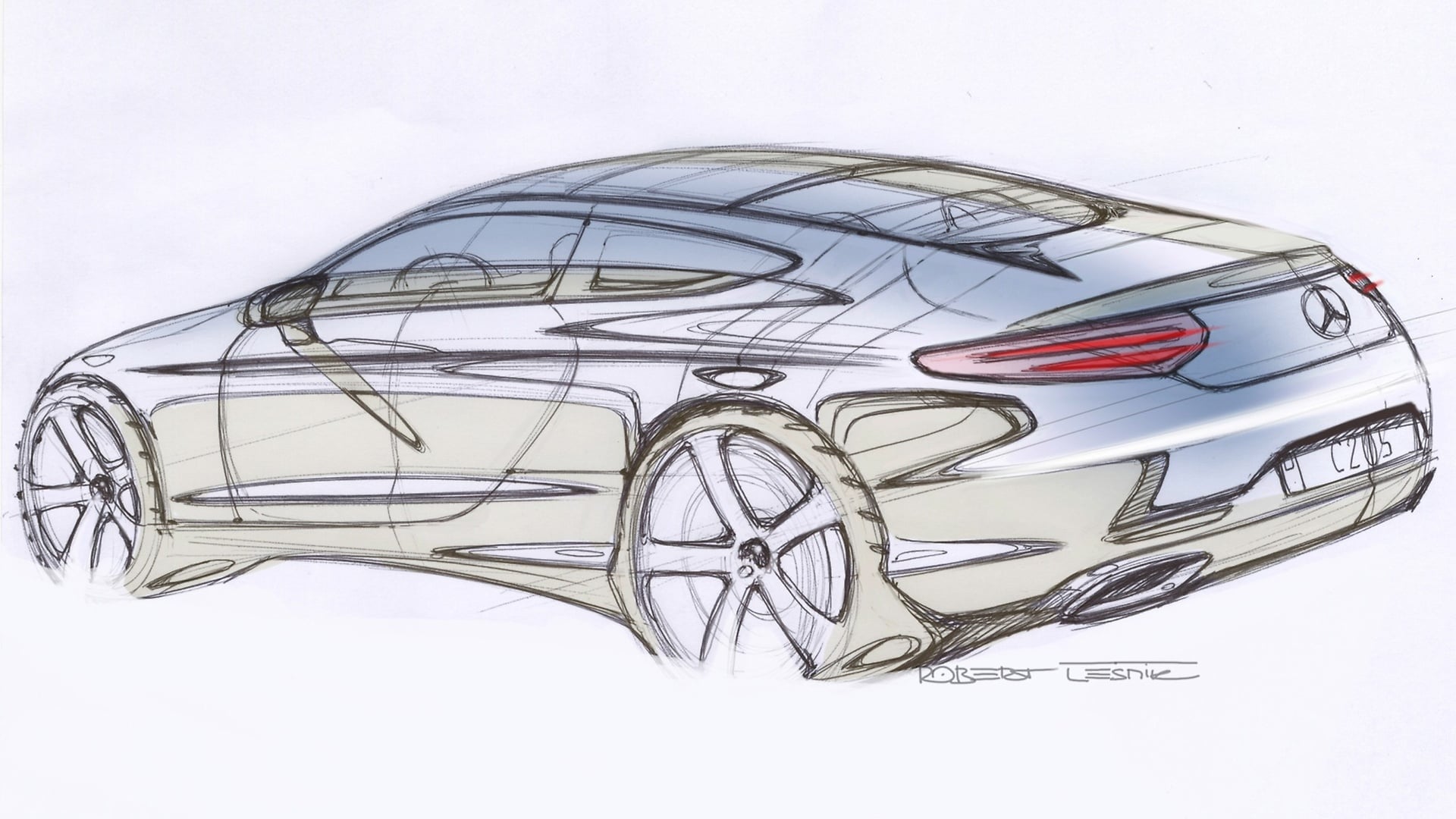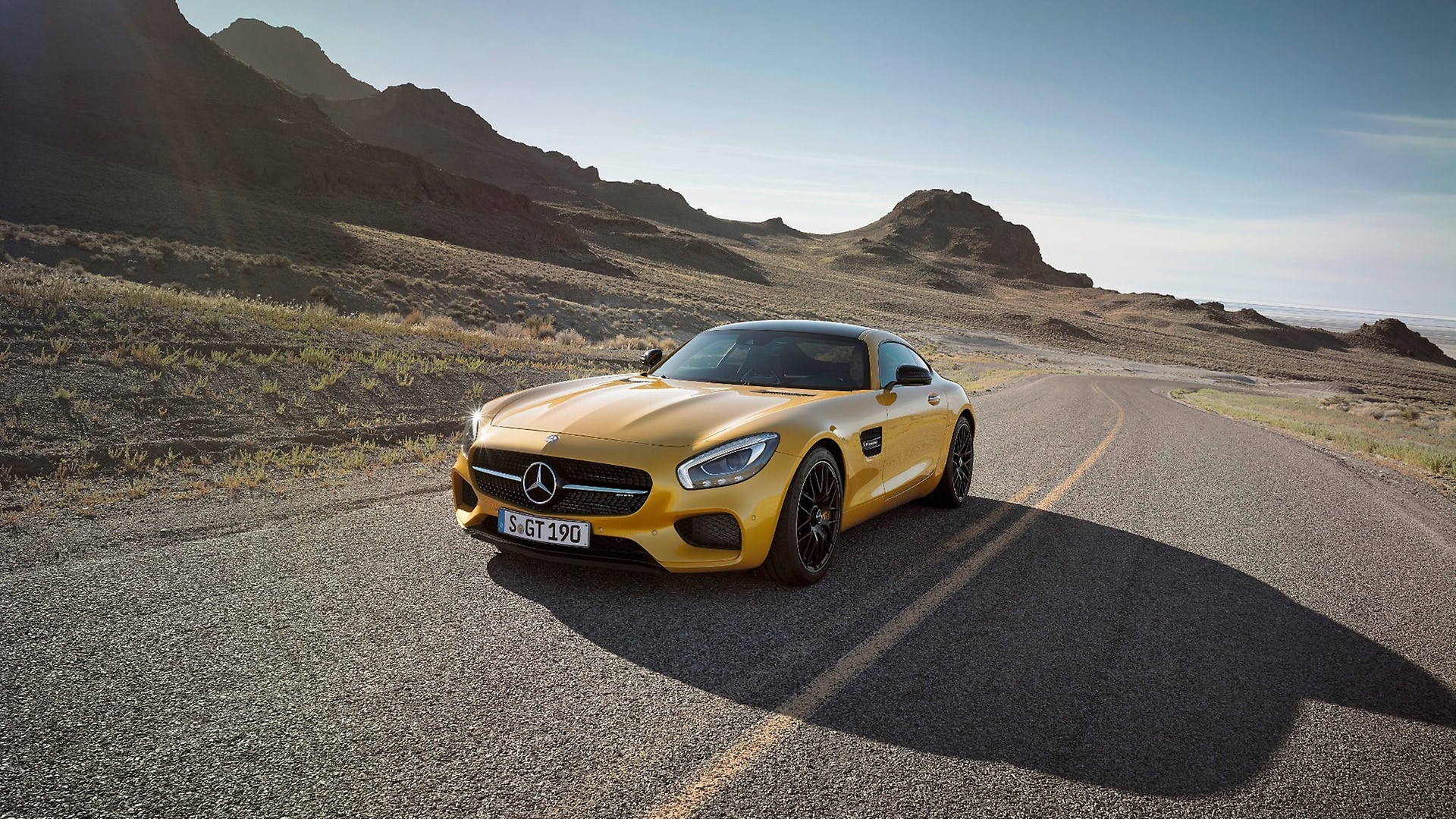Today Mercedes-Benz designers are designing the cars of the future, reconciling traditional and modern aspects as they go along. Sensual purity as a definition of modern luxury is at the core of what they do. It succinctly describes a pivotal aspect of the brand – the bipolarity of intelligence and emotion.
Nowadays, luxury is a synonym for timeless character that goes beyond fashion trends. True luxury is a rarity and consequently much sought after. Mercedes-Benz represents modern luxury because people are increasingly less concerned with material value and property. The focus is increasingly shifting towards emotional, authentic experiences, a reduction to what is essential, high tech in combination with traditional craftsmanship and true pleasure.
With their design the Mercedes-Benz designers create highly emotive experiences and positive elements of surprise: love of the unexpected, the exceptional, the sublime. With "Unexpected Moments" they design icons with a unique sensual appeal.
The aesthetic, creative use of materials, colour and form is consistent with the bipolarity of the Mercedes-Benz brand. Emotion and intelligence are the poles between which the designers consciously seek the "Harmony of Contrasts" and create "Stimulating Contrast".
Good design is based on impressive proportions, because they give expression to energy, harmony and coherence. "Stunning Proportions" are at the heart of what the Mercedes-Benz designers do.
"Freeform & Geometry" is the expression of a sculptural, three-dimensional design: clear, comprehensible shapes are at the core of Mercedes-Benz styling and are perfected by sensual sculpted surfaces.
With "Significant Graphics" the Mercedes-Benz designers bring precision, refinement and high-tech to visual life. They exist in a fascinating interplay with the sensual forms. Refined, precise details give an emphasis to the sensual-sculpted shapes.
A sensual experience - sculptural, excitingly muscular forms as well as natural appeal, haptic materials, colours and moods generate "Natural Attraction".
How did Mercedes-Benz manage to regain design leadership?
Mercedes-Benz design has shifted from a classic to a modern type of luxury. This becomes evident from the sensual purity design philosophy that expresses the bipolarity of intelligence and emotion. This rejuvenated the brand and made Mercedes-Benz design a trendsetter once again.
Designers were also courageous and created new shapes no one expected, to adequately represent the innovative status of a car. This is how Mercedes-Benz shows that avant-garde ideas can inspire, yet remain true to the spirit of the brand.
What is more important, design or technology?
Nowadays design makes the difference because technologically cars are becoming more and more similar. However, vehicles must be emotional and intelligent. The design philosophy of sensual purity succinctly describes a pivotal aspect of the brand – the bipolarity of intelligence and emotion. The objective for designers is to merge aesthetics with functionality and design with technology. If they do not succeed, there will be no permanent link between products and their owners. Outstanding design consequently always includes outstanding functionality.
Are vehicles the result of an individual designer's work or is there an entire team involved?
Products as complex as vehicles are always the result of a team effort by many different experts. Designers closely work together with the research, development and production units, coordinate vehicle dimensions, material concepts and production methods to consequently also ensure concepts are suitable for production. In some cases, technical and legal requirements are not immediately compatible with designers' visions and for this reason ideas must be permanently analysed from different perspectives with a critical view to develop new approaches to solutions and discuss as well as coordinate these together with project partners in the development and production units.
Is it harder to design a sports car, such as the Mercedes-AMG GT or a saloon?
Designing a car is always challenging, but each design process is fun and each "implemented" car design is a great success. You can see how the idea grows, develops and goes through a whole succession of embodiments. The entire team's motivation is important in this process because if designers are enjoying their work they will produce the best designs, regardless of whether this is the GT or the C-Class Saloon. However, as a rule, a sports car is easier to design: a long bonnet with a greenhouse that sits quite far towards the rear and the car resting on the rear wheels. These are very typical Mercedes sports car proportions resulting from the drive concept.
